Everyone who works with plants - gardeners, gardeners - the season begins in the middle of winter. It was at the end of January - February that comes time to plant seeds for growing seedlings of many plants. What seedlings are put in February, depends on several factors, including climatic conditions and plants features. First of all, the early landing is needed by plants with a long vegetation period, which otherwise do not have time to bring the fruits and bring them to maturity.
Sowing seeds to seedlings - a very important procedure, the future harvest depends on the results. Therefore, it is necessary to carefully prepare all the necessary materials to achieve the best results.

First of all, you should decide on the cultivation of seedlings. Shops offer many different options for seedlings:
- Boxes (plastic, wooden);
- cups (plastic, cardboard, peat);
- cassettes for seedlings;
- pot;
- peat pills;
- dense polyethylene or zip bags;
You can also use egg shell or homemade tanks (cropped bottles, packaging from milk or juice). Any of these containers has its advantages and disadvantages. After examining them, you can decide for yourself, which is suitable better - the pot or boxes, cassettes or peat pills.
Eat boxes
One of the simplest and usual options for seedlings. If necessary, they can be easily made independently, giving the desired shape or size. In such a container, with the same window of the window sill, much more seeds will fit than when using individual cups or cassettes. At the same time, the box is convenient to transfer and turn to deploy shoots to the sun.
If seedlings are grown in the boxes, it is important not to miss the picking time, otherwise the plants are mounted roots and sear them without damaging, it will be impossible.
The disadvantages of this type of containers can be attributed to the high probability of damage to the roots during dive, which will affect the growth of growth. In addition, the filled ground drawer is pretty heavy. It is impossible to grow by planting plants with such a way (for example, pepper or eggplant) (for example, pepper or eggplant), as they react poorly to frequent transplants. Their seeds are better sowing into separate cups.
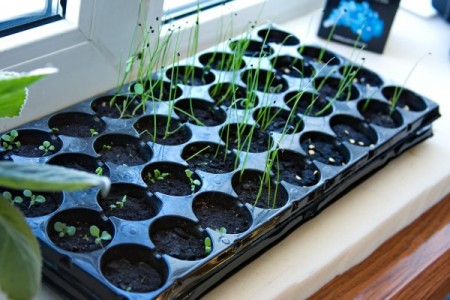
It is very convenient to grow seedlings in special cassettes - they are lungs, compact, equipped with drainage holes. If necessary, they can be cut into several parts or select the appropriate size for any culture.
The indisputable advantage of cassettes are separate containers for each plant. This prevents the possibility of intertwing the roots, thereby substantially facilitates the transplantation of plants. Due to the drainage holes, the seedlings can be removed from the tank along with an earthen room, which will avoid damage to the root system and minimize the stress from transplant.
The obvious disadvantage of plastic cassettes is their fragility. Filled ground Capacity when carrying can easily burst. They are also usually sold without pallets, so to protect the windowsill or table, it will be necessary to buy it separately or pushed homemade.
Peat pills or pots

Peat tanks for seedlings are considered the most environmentally friendly and comfortable. They allow you to quickly and without stress to conduct pickup or planting seedlings into the ground - for this you do not have to pull out the plant, it is planting directly with a capacity that becomes fertilizer for it. And tablets and pots are distinguished by magnificent air and moisture permeability, which protects the roots from the posting.

By minuses include rapid evaporation of moisture from the tank, so watering has to be spent slightly more and constantly monitor the humidity. In addition, such pills and pots are quite expensive.
Sowing vegetables to seedlings
Plants related to late-visual species and possessing a long vegetation period, when sowing the ground, as a rule, do not have time to go through the entire life cycle and bring the fruits. In order to get a crop with them, use a seaside method. With an early landing - no later than February - these plants manage to pass a fairly big way for the winter months, so after disembarking in the ground, you managed to fonds in the summer, to tie the fruits and bring them to maturity.
So, what vegetables are planted for seedlings in February:

Sweet (Bulgarian) and sharp peppers
Almost all varieties of sweet and sharp peppers are distinguished by a long growth period. His seedlings are ready for landing in open ground only after 2-2.5 months. Given that it is possible to plant seedlings on the beds only after night freezes will go (and this is, as a rule, the beginning or end of May), seeding time for seedings falls in the middle of February. It is also necessary to take into account the period from sowing to the first germs, which can take from 7 to 14 days and occurs only at a temperature of 25-30 degrees.
Eggplant

Also sow on seedlings not later than the first decade of February, since these plants are distinguished by a long term appearance of shoots and growth. For germination, they need a temperature of 25 to 30 degrees. Eggplants poorly tolerate the pickup and can hurt and eat badly after such stress. Therefore, it is better to plant them in separate containers, from which seedlings will move immediately to a permanent place.
Leek

The cultivation of this onion from seeds takes a lot of time and requires a lot of patience. Sow it in the first decade of February, and two months after sediments, the plant can be planted into open ground.
Celery root
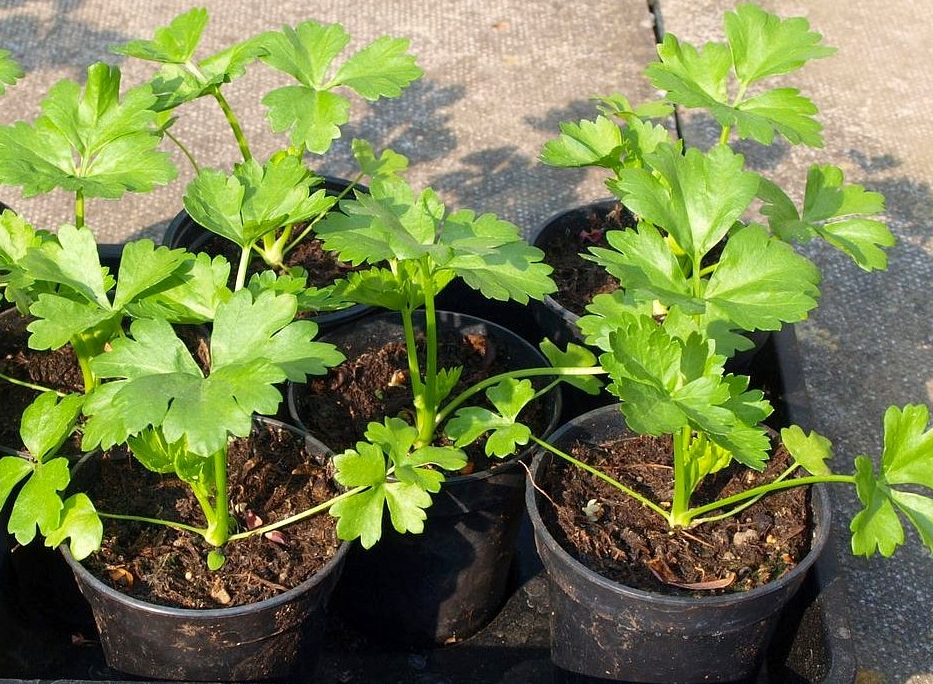
Celery seeds germinate after 1-1.5 weeks at a constant temperature of 22-24 degrees. At a permanent place, seedlings are planted 70-80 days after seedlings, so seed seed in the second decade of February.
Tomatoes
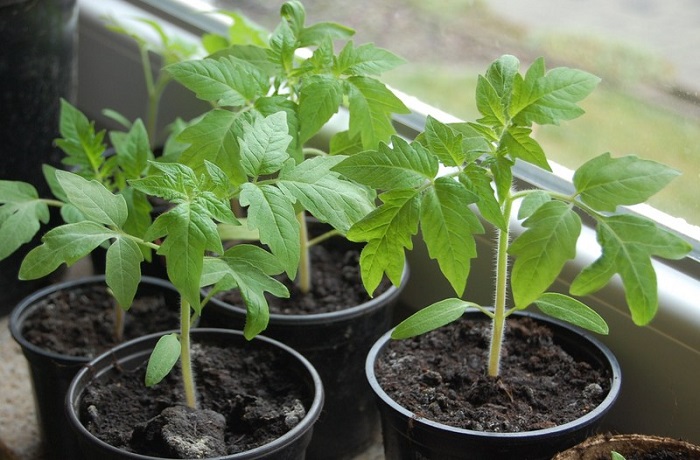
Seedling Tomato grows faster than pepper or eggplant, but still takes time. Tomato seedlings are planted at the end of February or the very beginning of March. Then by the time the planting in the ground, the plants will be strong enough.
Zucchini, Patchsons, Cucumbers
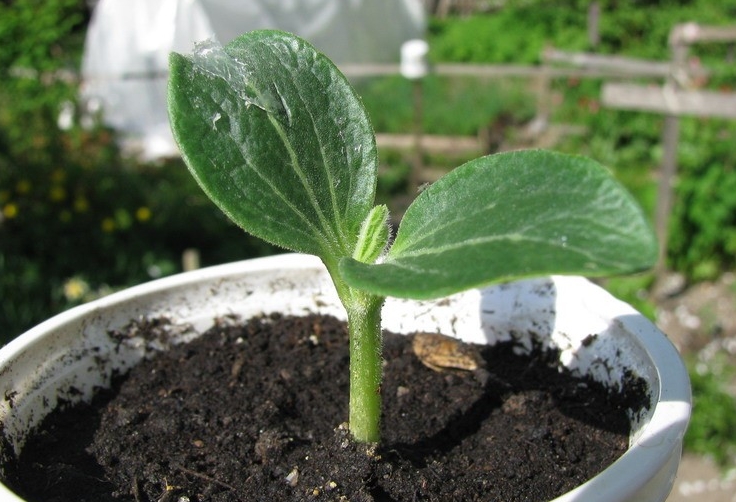
In the third decade of February, it is also necessary to sow seeds of cucumbers, patissons, zucchini, if there is a greenhouse cultivation. They germinate at a soil temperature of 20-25 degrees. These vegetables are also poorly tolerated, so it is better to sow them into separate containers to reduce stress to a minimum.
What flowers sow on seedlings in February
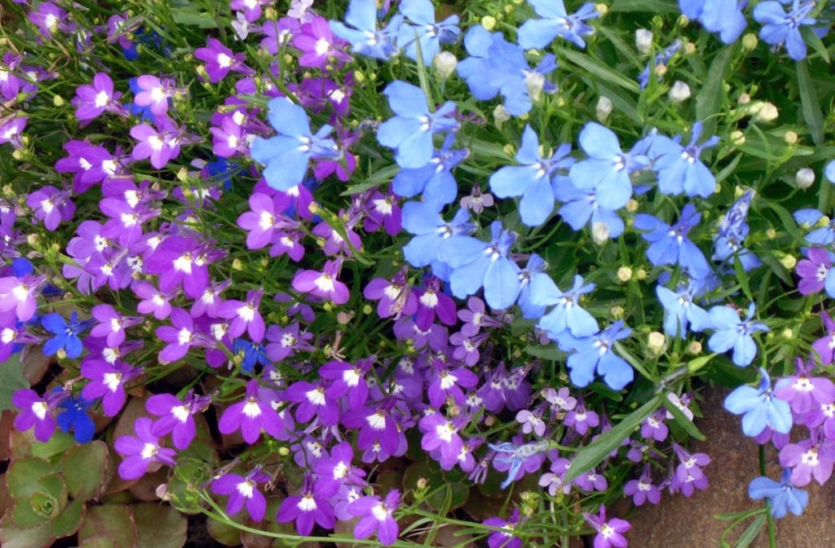
It is difficult to imagine the countryside without bright flower beds. Ensure this beauty will help in time seedlings of colors. Some kinds of colors also germinate too long, so they are inopened to suck them into open soil.
At seedlings in the first decade of February, seed seeds of the following colors:
- lobelia is beautiful;
- pelargonium (geranium);
- geichera.
In the second decade, petunia, mimeulyus, cloves, begonias, cyclamen are planted. At the end of February, the time of Balzamine Waller, Cinertyry of Primorskaya, Koreopsis, Chrysanthemums and Viol comes. All February, you can plant seeds of primulus and bells.
Regional features
The landing time cannot be considered unequivocal and mandatory. It is very important to focus on the features of the local climate. For example, in the south of Russia, all the above time can be safely shifted by a half-month, since the soil warms up to the desired temperature much earlier. But for regions located in northern latitudes - for example, Moscow, St. Petersburg, Chelyabinsk, Ufa - landing seedlings are carried out not at the beginning of May, and closer to the end or even in June. This is due to the fact that night frosts in these regions are possible until the beginning of summer. Therefore, seed seeds at the end of January - early February.
Choosing, what seedlings to put in February, it is important to take into account the many nuances, comply with the conditions of cultivation. High-quality seedlings provided with sufficient light and heat will become an excellent base for a good harvest of vegetables and abundant flowering of flowering.

